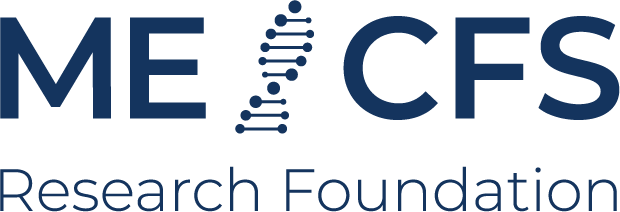Grabowski Group
About
Organisation:
Working group head:
Location:
Berlin, Germany
Research types:
Basic research, Clinical research
Link
Website
Description
(A) Identification of functional roles of the microenvironment of neuroendocrine neoplasms in immune escape mechanisms Neuroendocrine tumors are typically heterogeneous neoplasms which origin from cells scattered throughout the GI tract and the bronchial tract. Especially gastroenteropancreatic neuroendocrine neoplasias (GEP-NENs) are very heterogeneous in their biology and molecular features. Despite steady progress in diagnosis and treatment of GEP-NENs there are still many open questions regarding the pathogenesis and therapy response of these different tumor entities. Abundant expression of immunosuppressive genes can be detected in neuroendocrine tumors and neuroendocrine carcinomas. Our aim is to elucidate the influences and effects of the tumor-microenvironment regarding therapy response and prognosis. We focus on investigating how the microenvironment can facilitate immune-escape mechanisms of neuroendocrine tumors, in order to identify potential new targets for improved treatment strategies. (B) Influence of the DNA-Damage-Response machinery on Peptide Radioligand Therapy (PRLT) Prostate cancer is the second most diagnosed cancer among men. The outlook for patients with localized disease is positive, but metastatic castration-resistant prostate cancer (mCRPC) remains a lethal diagnosis. Therefore, there is a need for new therapeutic approaches. We aim to study how DNA damage repair influences the effectivity of Prostate-specific membrane antigen (PSMA)-radioligand therapy using model cell lines and circulating tumor cells. (C) Molecular and functional characterization of the effect of mistletoe extracts (Viscum album) in colorectal cancer cell lines Extracts from mistletoe (Viscum album) can reduce adverse events and enhance the quality of life in cancer patients undergoing chemotherapy. In addition, mistletoe extracts are reported to possess immunomodulatory properties, reduce proliferation in hepatocellular carcinoma cell lines and can have cytotoxic effects on tumor cells in vitro. In combination with ionizing radiation, mistletoe lectins can increase apoptosis in a colorectal cancer cell line. Despite the widespread clinical use of commercially available mistletoe extracts in addition to chemotherapy, the effects of these mistletoe preparations on proliferation and apoptosis signaling cascades are still not sufficiently characterized. We aim to investigate potential antitumoral-effects of different mistletoe extracts using colorectal cancer cell lines and elucidate potential synergistic effects of mistletoe extracts and immunotherapy agents. Description adapted from working group website: see link above.Research projects
2
Research areas
8
Research types
2
Research networks
0
People
1
Research projects
Autoimmunity Risk Variants in the PTPN22 and CTLA4 Genes are Associated with Infectious Onset of ME/CFS
Project status:
Completed
Country:
Germany
Principal investigator:
Sophie Steiner
Organisations:
Charité – University Medicine Berlin
Research period:
Not available
Research types:
Basic research
Research areas:
Immune system dysfunction, Genetic risk factors, General
Handgrip strength as a marker for muscular fatigue and fatigability in ME/CFS
Project status:
Completed
Country:
Germany
Principal investigator:
Bianka Jaekel
Organisations:
Charité – University Medicine Berlin, Berlin Institute of Health at Charité (BIH)
Research period:
Not available
Research types:
Clinical research
Research areas:
Musculoskeletal system dysfunction
